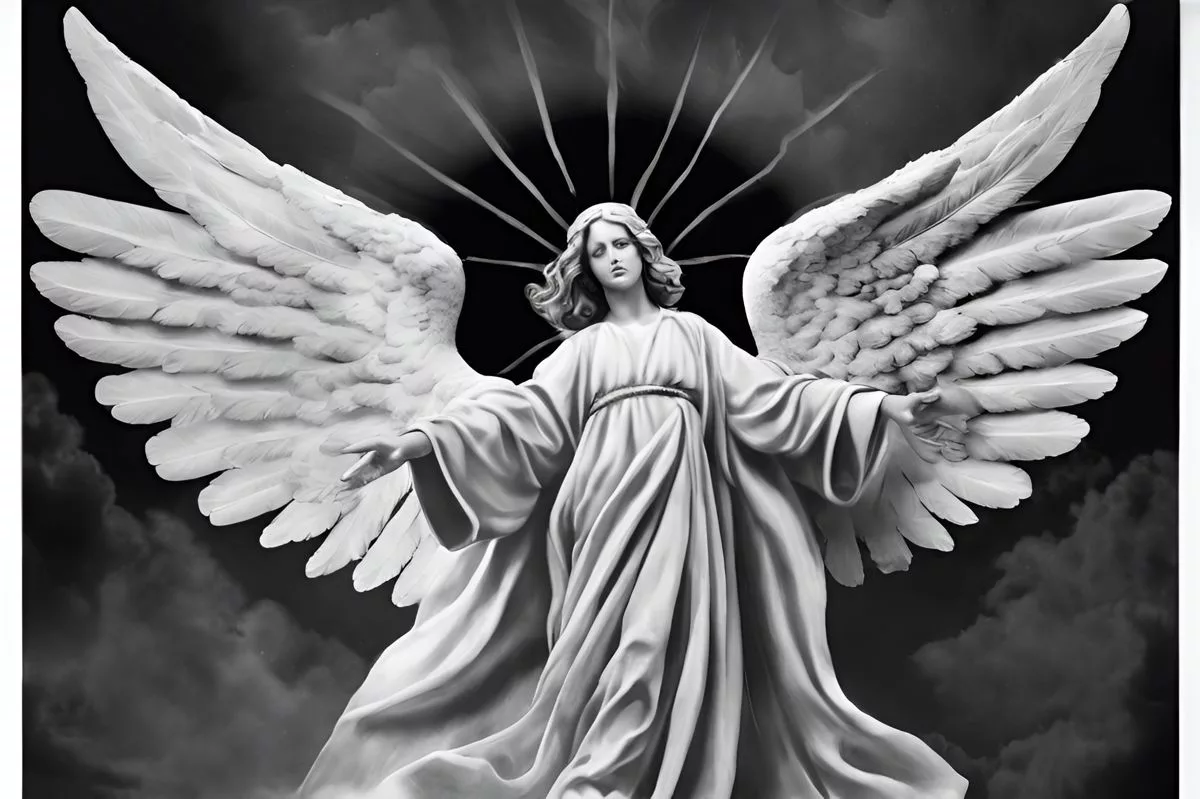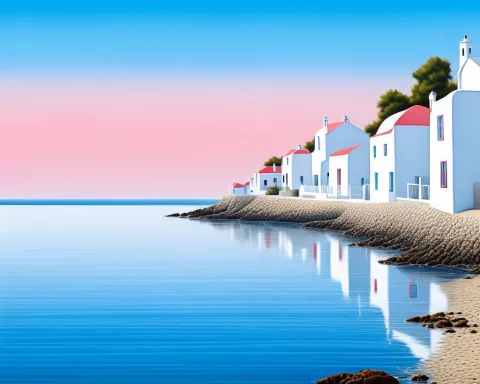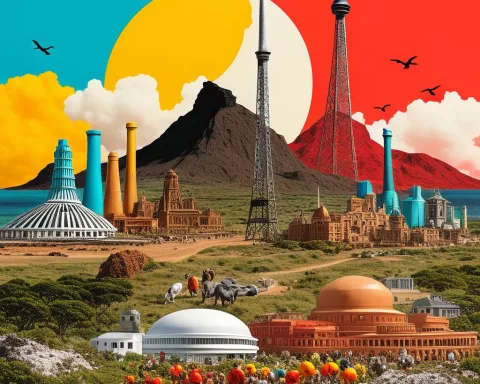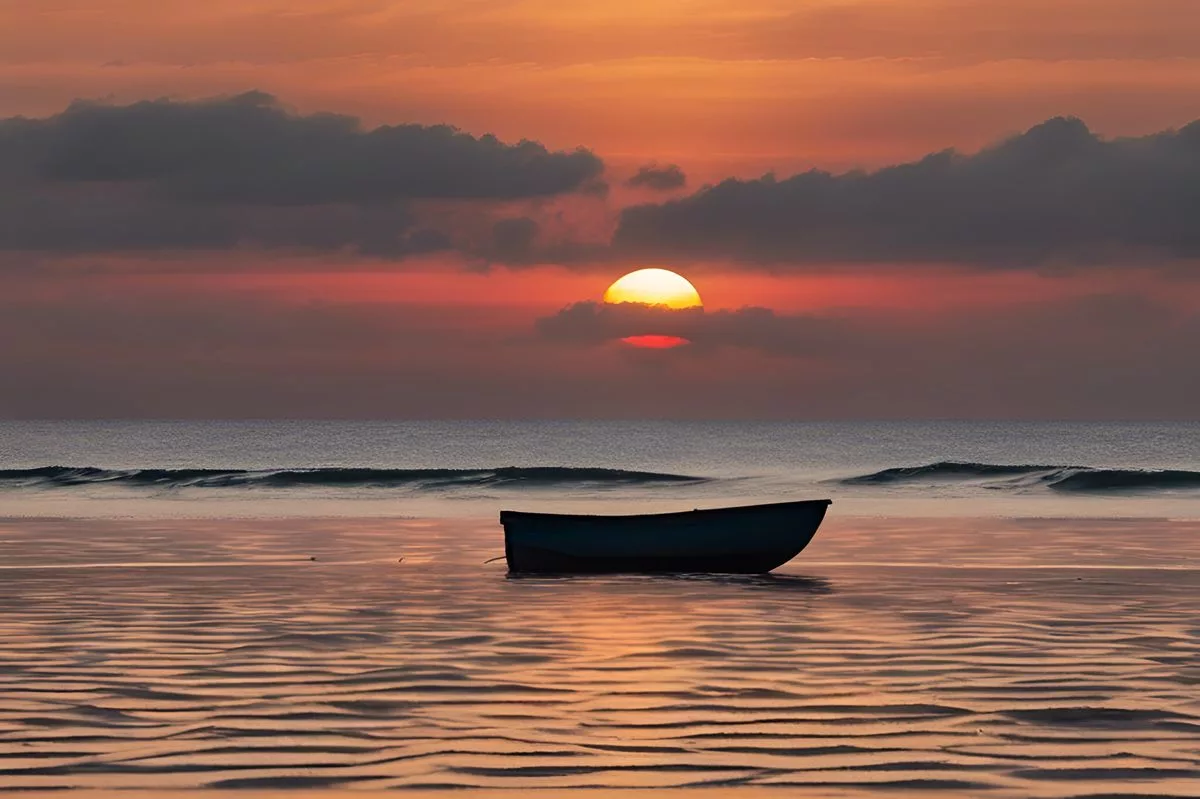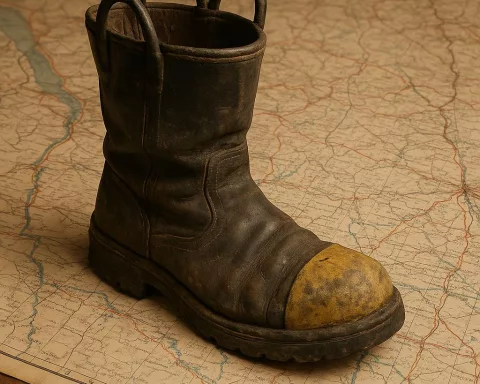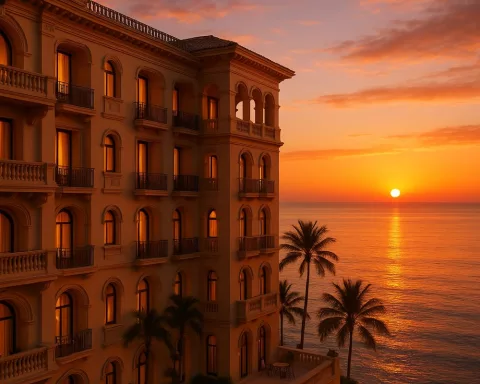South Africa’s impressive collection of monuments, statues, and memorials tells a story of the nation’s rich and complex history. From the Nobel Square’s tribute to influential figures and the Angel of Peace’s symbol of reconciliation to the Afrikaans Language Monument’s celebration of linguistic diversity and the Brenda Fassie sculpture honoring the vibrant artistic scene, each structure represents a chapter in South Africa’s fascinating tale. These majestic structures offer a glimpse into the struggles and victories, resistance and reconciliation that have shaped the nation, inspiring and educating visitors from around the world.
The Historical Tapestry of South Africa: Monuments, Statues, and Memorials
Discover the fascinating journey of South Africa’s rich history through its remarkable collection of monuments, statues, and memorials. These majestic structures offer a glimpse into the nation’s past, narrating the story of influential figures and significant events that have shaped the country. From Nobel Square’s tribute to freedom to the Afrikaans Language Monument’s testament to linguistic diversity, each structure represents a chapter in this intriguing tale.
South Africa’s rich history is beautifully preserved through its remarkable collection of monuments, statues, and memorials. These structures, silent yet powerful, offer fascinating glimpses into the nation’s past. They narrate the compelling story of the influential figures and significant events that have contributed to the shaping of the nation. These majestic structures have a magnetic charm that attracts visitors worldwide, eager to experience the multi-faceted heritage of South Africa.
The Nobel Square: Tribute to Freedom
The Nobel Square in Cape Town is a quintessential representation of South Africa’s historic journey. It is a tribute to the four South African Nobel Prize laureates whose contributions were instrumental in sculpting the free and democratic nation we admire today. The laureates, Nkosi Albert Luthuli, Archbishop Emeritus Desmond Tutu, FW de Klerk and the globally celebrated Nelson Mandela, are immortalised in striking bronze statues. These statues, the brainchild of the artist Claudette Schreuders, are a testament to her introspective exploration of the complexities involved in establishing an African identity.
However, the Nobel Square holds more than just the tribute to these four significant men. A fifth sculpture named ‘Peace and Democracy’ stands proud. This statue, crafted by Noria Mabasa, acknowledges the fundamental role women and children played in the creation of a peaceful nation.
The Angel of Peace: A Symbol of Reconciliation
Another noteworthy monument is the Angel of Peace statue in Graaff-Reinet, a masterpiece by HC Fehr. This statue was commissioned to commemorate the Graaff-Reinet men who gave their lives during the First World War. The angelic figure, with a sword in one hand and an olive wreath in the other, symbolises reconciliation. It was erected post-war, representing a beacon of hope after a destructive conflict.
The Afrikaans Language Monument: A Testament to Cultural and Linguistic Diversity
South Africa’s history is not just about conflict and resolution. It also tells a story of cultural evolution and linguistic diversity. The Afrikaans Language Monument, positioned on the Paarl Mountain, is a testament to this rich cultural story. Designed by architect Jan van Wijk in 1975, this unique structure pays homage to the diverse linguistic influences that have shaped Afrikaans. It encapsulates the contributions of Dutch, Malay, Malay-Portuguese, Arabic, French, German, English, and indigenous Khoi and African languages.
Brenda Fassie Sculpture: An Ode to Vibrant Artistic Scene
In addition to its tumultuous political history, South Africa’s vibrant artistic scene is a vital part of its cultural tapestry. The life-sized bronze sculpture of Brenda Fassie in Newtown, Johannesburg, commemorates this aspect of South African heritage. Fassie, fondly referred to as the “Madonna of the Townships”, was a legendary Afropop singer and a staunch anti-apartheid activist. Placed strategically outside the Bassline music venue, the sculpture attracts large crowds of fans who come to take pictures with the musical icon. The sculpture invites engagement, with an empty barstool placed next to Fassie, encouraging passers-by to sit and ‘interact’ with her.
South Africa, with its narrative of struggle and victory, resistance and reconciliation, is a land rich in stories. Each monument, statue, and memorial represents a chapter in this fascinating tale. These structures, etched in bronze and stone, compel us to delve deeper, to ponder, and to remember. Although rooted in the past, these structures continue to inspire and educate, shaping the narrative of a nation persistently striving to understand itself and its role in the global arena.
1. What is the significance of the Nobel Square in Cape Town?
The Nobel Square in Cape Town is a tribute to four South African Nobel Prize laureates whose contributions were instrumental in shaping the free and democratic nation we admire today. The laureates, Nkosi Albert Luthuli, Archbishop Emeritus Desmond Tutu, FW de Klerk, and Nelson Mandela, are immortalized in striking bronze statues.
2. What does the Angel of Peace statue in Graaff-Reinet represent?
The Angel of Peace statue in Graaff-Reinet, a masterpiece by HC Fehr, symbolizes reconciliation. It was erected post-First World War, representing a beacon of hope after a destructive conflict.
3. What is the Afrikaans Language Monument, and what makes it unique?
The Afrikaans Language Monument, positioned on the Paarl Mountain, is a testament to the rich cultural and linguistic diversity that has shaped Afrikaans. Designed by architect Jan van Wijk in 1975, this unique structure pays homage to the diverse linguistic influences that have shaped Afrikaans, including Dutch, Malay, Malay-Portuguese, Arabic, French, German, English, and indigenous Khoi and African languages.
4. Who is Brenda Fassie, and what is the significance of her sculpture in Newtown, Johannesburg?
Brenda Fassie was a legendary Afropop singer and a staunch anti-apartheid activist. The life-sized bronze sculpture of Fassie in Newtown, Johannesburg, commemorates her contribution to South Africa’s vibrant artistic scene. Placed strategically outside the Bassline music venue, the sculpture attracts large crowds of fans who come to take pictures with the musical icon.
5. What is the significance of the Peace and Democracy sculpture at the Nobel Square?
The Peace and Democracy sculpture at the Nobel Square acknowledges the fundamental role women and children played in the creation of a peaceful nation.
6. What is the common thread that runs through South Africa’s monuments, statues, and memorials?
South Africa’s rich collection of monuments, statues, and memorials narrates the story of influential figures and significant events that have contributed to the shaping of the nation. Each structure represents a chapter in this fascinating tale, rooted in the struggle and victory, resistance and reconciliation, that continue to inspire and educate.

